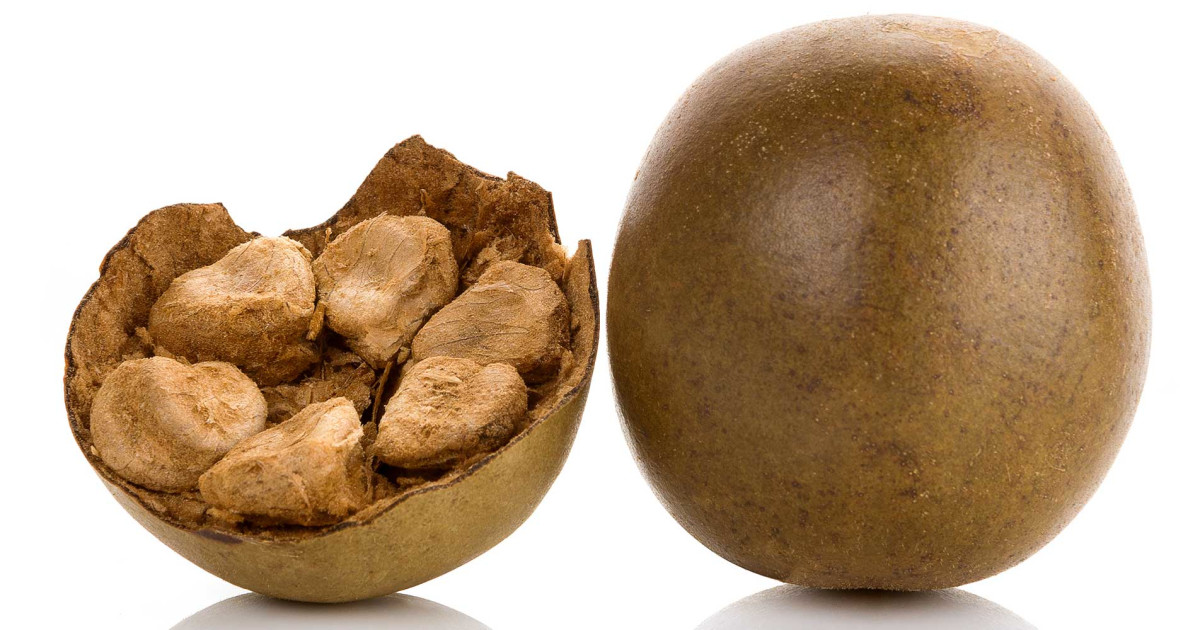
Monk Fruit: Benefits and Risks
Monk fruit, also known as Luo Han Guo, is a small green melon-like fruit native to Southeast Asia. It has been used for centuries in traditional Chinese medicine for its therapeutic properties. In recent years, monk fruit has gained popularity as a natural sweetener due to its zero-calorie content and potential health benefits. This comprehensive guide will explore the benefits and risks associated with monk fruit consumption.
Benefits of Monk Fruit:
- Natural Sweetener: One of the primary uses of monk fruit is as a sugar substitute. It contains compounds called mogrosides, which are intensely sweet but do not contribute any calories. This makes it an attractive option for individuals looking to reduce their sugar intake or manage conditions like diabetes or obesity. Monk fruit sweeteners can be used in beverages, baked goods, and other food products.
- Low Glycemic Index: The glycemic index (GI) is a measure of how quickly carbohydrates in a food raise blood sugar levels. Monk fruit sweeteners have a negligible effect on blood sugar, making them suitable for individuals following a low-carbohydrate or diabetic diet. Unlike sugar, monk fruit does not cause a rapid spike in blood glucose levels, which can help stabilize energy levels and prevent blood sugar fluctuations.
- Antioxidant Properties: Monk fruit contains natural antioxidants, such as flavonoids, which help protect the body against oxidative stress and inflammation. These compounds have been linked to a reduced risk of chronic diseases, including heart disease, cancer, and neurodegenerative disorders. Incorporating monk fruit into your diet can provide an additional source of antioxidants to support overall health and well-being.
- Weight Management: Due to its intense sweetness and zero-calorie content, monk fruit can be an excellent tool for weight management. By replacing sugar or artificial sweeteners with monk fruit sweeteners, individuals can enjoy the taste of sweetness without adding excess calories to their diet. This can be particularly beneficial for those trying to lose or maintain weight.
- Natural Origin: Monk fruit sweeteners are derived from the fruit extract, making them a natural alternative to artificial sweeteners like aspartame or sucralose. This can be appealing to individuals who prefer to avoid synthetic additives in their diet. Monk fruit is considered safe for consumption and has a long history of traditional use in Asian cultures.
Risks and Considerations:
- Potential Allergies: While monk fruit is generally well-tolerated, some individuals may be allergic to it. Allergic reactions can manifest as itching, swelling, hives, or difficulty breathing. If you experience any adverse symptoms after consuming monk fruit, discontinue its use and seek medical attention.
- Additives and Blends: Monk fruit sweeteners are often combined with other ingredients, such as erythritol or dextrose, to improve their texture and functionality. It’s essential to read the product labels carefully, as these additives can affect the taste, texture, and potential impact on blood sugar levels. Individuals with specific dietary restrictions or sensitivities should choose products that align with their needs.
- imited Nutritional Value: While monk fruit sweeteners offer an attractive alternative to sugar, it’s important to note that they do not provide any significant nutritional benefits. Unlike whole fruits, which contain fiber, vitamins, and minerals, monk fruit sweeteners mainly offer sweetness without substantial nutrient content. Therefore, it’s crucial to maintain a well-balanced diet that includes a variety of whole foods for optimal nutrition.
- Regulatory Concerns: Monk fruit sweeteners are approved as food additives in many countries, including the United States and the European Union. However, it’s essential to purchase products from reputable brands that meet regulatory standards to ensure quality and safety. Look for certifications and labels that indicate compliance with food safety regulations.
- Individual Variations: As with any food or sweetener, individual responses can vary. Some people may find the taste of monk fruit sweeteners slightly different from sugar or artificial sweeteners. It’s advisable to start with small amounts and gradually increase usage to acclimate your taste buds. Experimentation may be necessary to find the right balance for your preferences.
Conclusion:
Monk fruit offers a natural, zero-calorie sweetening option with several potential benefits. It can be a valuable tool for individuals seeking to reduce their sugar intake, manage blood sugar levels, or achieve weight management goals. The fruit’s antioxidant properties and low glycemic index further contribute to its appeal. However, it’s essential to be mindful of potential allergies, additives, and the limited nutritional value of monk fruit sweeteners. As with any dietary choice, it’s advisable to consult with a healthcare professional or registered dietitian to determine how monk fruit can fit into your overall nutrition plan.
Barbara is a freelance writer and a sex and relationships adviser at Dimepiece LA and Peaches and Screams. Barbara is involved in various educational initiatives aimed at making sex advice more accessible to everyone and breaking stigmas around sex across various cultural communities. In her spare time, Barbara enjoys trawling through vintage markets in Brick Lane, exploring new places, painting and reading.
[email protected]
- Benefits of Collagen Supplements - March 30, 2024
- Benefits of Chlorophyll Supplements - March 30, 2024
- Benefits of Folate (Folic Acid) Supplements - March 22, 2024


